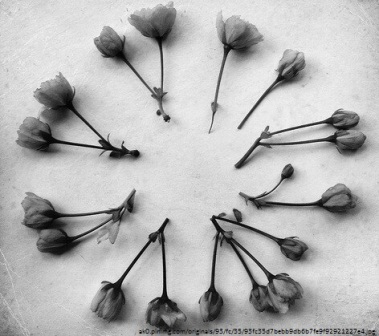Pattern/randomness. Il rapporto fra testo e lettore in Infinite Jest di David Foster Wallace
DOI:
https://doi.org/10.13130/2035-7680/3342Keywords:
David Foster Wallace, Infinite Jest, postmodernism (literature), cognition in literature, complexity in literature, novelAbstract
David Foster Wallace questioned the previous literary tradition usually defined as “postmodern” through his narrative and non-fiction production. Following Katherine Hayles, it is possible to consider the decreasing prominence of the presence/absence dialectic typical of deconstructionism and postmodernism and, on a parallel plane, the increasing relevance of a pattern/randomness dialectic. From this point of view, one might argue, many postmodern fictions merely diagnosed the presence of a “technological sublime”, without proposing cognitive solutions to actively deal with it. Through a comparison between some key aspects of neural networks and the narrative structure of Infinite Jest (1996), the primary aim of this contribution is to understand how Wallace's novel may be considered as a literary device that helps the reader to become the manufacturer of new cognitive patterns, by processing and selecting information from the huge amount of data contained in the novel.




